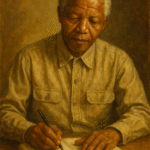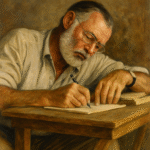Moments Between Moments: Hardev Singh on the Art of Seeing
In Focus: Photography, Presence, and a Quiet Eye
In contemporary times, the importance of art is more urgent than ever. As children grow increasingly distanced from tactile creativity—replacing paint, clay, and imagination with screens and algorithms—and adults find themselves caught in the noise of endless notifications, art offers a rare space for stillness, reflection, and connection. Among the many forms of art, photography stands out as both accessible and profound. It invites us to notice what we often overlook—the fleeting light, a quiet gesture, the hidden story in everyday life. In a world that values speed over depth, photography, like all meaningful art, asks us to pause, to frame our attention, and to see with intention. It becomes not just a tool for documentation, but a practice of mindfulness and empathy—helping both children and adults rediscover the world through a more sensitive and creative lens.
Where the Conversation Began
March arrived with unexpected turns, but one of its most rewarding surprises was the opportunity to exhibit my artworks alongside eleven other selected artists from across North India. The exhibition, held at the Museum Galleries within the campus of Panjab University, became more than just a showcase—it was a space of creative exchange. Among the fellow exhibitors was a photographer whose work immediately drew me in. As I paused in front of his photographs, something clicked. There was an honesty, a quiet depth in his frames that resonated deeply. Our conversation that followed unfolded not as a formal interview but as a shared reflection on art, memory, and vision. It felt only natural to feature his journey here, as part of this blog’s ongoing dialogue with artists who shape how we see the world.
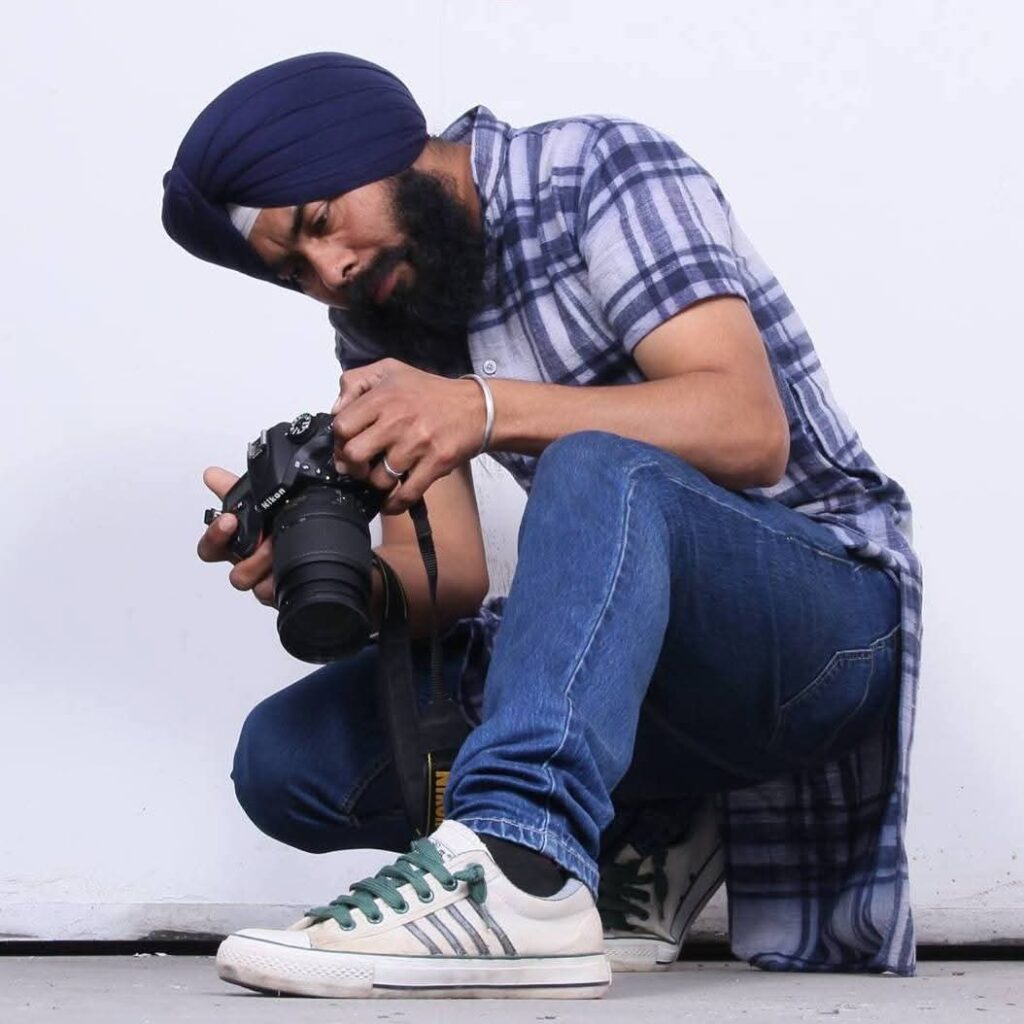
Artist. Photographer. Filmmaker. Performance Artist. Educator.
Hardev Singh’s creative world is shaped by many roles, yet what anchors them all is his unwavering commitment to seeing—with depth, care, and clarity. A graduate of the Government College of Art, Chandigarh, with both a BFA and MFA, Singh currently teaches in the Architecture Department at Indo Global University as a Visiting Assistant Professor, all while nurturing an expansive independent practice as a filmmaker and visual artist.
His work has travelled from galleries in Chandigarh and Shimla to exhibitions and screenings in New York and California. With a strong belief in storytelling through image, gesture, and memory, Singh has directed short films, facilitated workshops across India, and actively contributed to performance art festivals, visual arts forums, and community collaborations with NGOs.
In this conversation, we explore the heart of his practice—his evolving artistic process, his inspirations, and the quiet, contemplative power that defines his way of looking at the world.
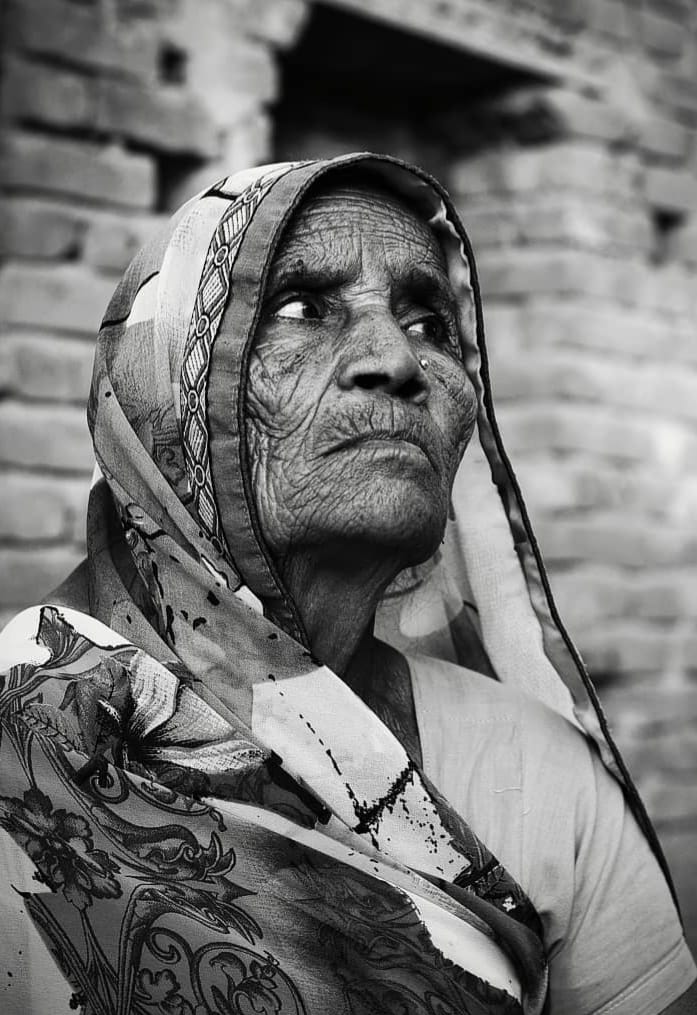
The First Frame: How It All Began
D: How did your journey into photography begin?
H: It began quite organically. I was always fascinated by images—family albums, old newspapers, films. But the real shift came when I borrowed a friend’s camera on a college trip. That was the moment I realized I wasn’t just documenting life—I was framing it. That moment opened everything for me.
D: Did you receive formal training, or are you self-taught?
H: Yes, I studied photography as part of my BFA at the Government College of Art, Sector 10, Chandigarh. While that gave me a foundational understanding, much of my learning has been self-directed. I’ve attended a few workshops and residencies over the years, but my real education came through constant experimentation—trial and error, long evenings with photo books, and studying contact sheets in detail.
Today, I work actively as a photographer and filmmaker. I also design and conduct workshops for colleges and universities, sharing what I’ve learned over time. Currently, I’m a Visiting Assistant Professor in the Architecture Department at Indo Global University. I’m also engaged in upcoming projects, including short films and documentary work.
Alongside this, I continue my freelance art practice and occasionally take on roles as an art director in Punjabi, Haryanvi, and Hindi cinema. Once my current projects are released, I plan to deepen my focus on filmmaking and documentary storytelling.
The Pull of Stillness
D: What draws you to a particular subject or scene?
H: Stillness. If something makes me pause—whether it’s a patch of light on a wall or the way someone looks out a window—I listen to that pause. That’s usually a signal that there’s something there worth framing. I trust that instinctive hesitation. It’s rarely loud, but always true.

Photography as Emotional Translation
D: Do you see photography as a way to document reality, or do you view it as a means to interpret it?
H: Interpretation, definitely. Even when I’m working in documentary, I’m conscious that every frame is a decision—what to include, what to leave out. So I use photography not just to show the world, but to reflect how I feel about it. My images become a way of holding emotion, not just evidence.
Walking, Collecting, Editing
D: What does your process look like—from idea to final image?
H: It starts with observing. I often take long walks without my camera just to absorb. Then I collect—images, fragments, writings. Eventually, a thread emerges. From there, I shoot with a sense of that narrative or emotion in mind. Editing is slow, often more about letting go than adding on. It’s a quiet, meditative process—more like sculpting than assembling.
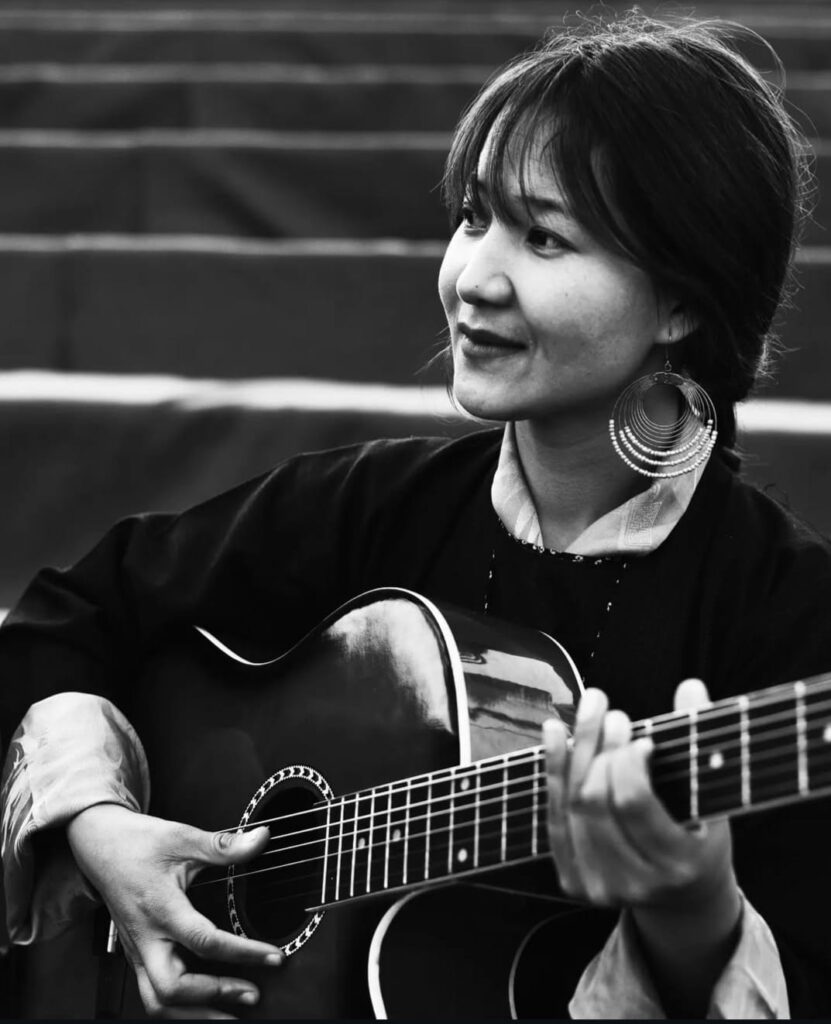
Tools That Stay Invisible
D: What camera and equipment do you use, and why?
H: I shoot mostly with Nikon cameras—both digital and film. I use a full-frame digital camera as well as the Nikon FM-10, an analogue camera I’ve had for years. Occasionally, I use a GoPro depending on the requirements of the shoot. I prefer equipment that doesn’t intimidate the subject and allows me to remain discreet and mobile. For me, simplicity matters more than high-end specs.
Editing as Emotional Calibration
D: How much do you rely on post-processing or editing in your work?
H: I see editing as a tool to refine mood and tone rather than to drastically transform an image. I stay true to the moment I experienced, but I adjust elements like contrast, colour temperature, and cropping to bring out the emotional texture more clearly. It’s more about enhancing than altering.
The Honesty of Light
D: Do you prefer shooting in natural light or controlled studio environments?
H: Natural light, always. There’s a certain honesty in how daylight falls on people and places—it can’t be faked. It forces me to be present, to respond rather than control. That said, filmmaking demands a different discipline; lighting becomes essential depending on the scene, subject, and narrative. In cinema, the technical side plays a larger role.
Themes That Whisper
D: Are there recurring themes, people, or places in your work?
H: Yes—loneliness, quiet resilience, and intergenerational memory. I often find myself returning to portraits of elders, forgotten or abandoned spaces, and those subtle, in-between moments that stitch together everyday life. There’s a quiet beauty in what’s often overlooked.
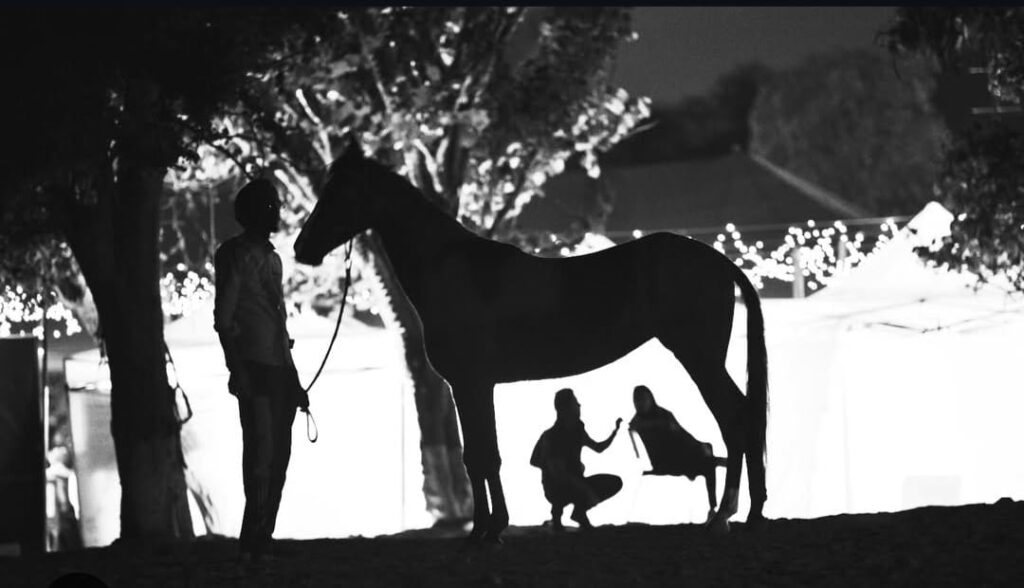
When Projects Find You
D: How do you choose your projects or series?
H: Often, they choose me. Sometimes it’s a lingering question, a place that stays in my mind, or a subject that keeps appearing in my work unintentionally. Once I notice a recurring pattern, I give it space to grow and try to build a structure around it.
Subtle Resistance Through the Lens
D: Have you ever used photography as a form of activism or social commentary?
H: Yes, though in subtle ways. I’ve documented disappearing neighborhoods, marginalized communities, and social movements—not for spectacle, but with an emphasis on dignity, intimacy, and complexity. I believe quiet images can speak powerfully.
Art and Responsibility
D: What ethical dilemmas have you faced in your practice, especially while photographing people?
H: The most constant dilemma is balancing my artistic vision with deep respect for the subject’s lived reality. I often ask myself: am I telling a story with them or about them? I never want to reduce anyone to a visual metaphor or aesthetic device.
Relationship Over Image
D: How do you navigate consent and representation when working in public or intimate settings?
H: Consent is everything. I initiate conversations, listen closely, and make sure people understand how their images will be used. Even in public spaces, if someone appears uncomfortable, I refrain from photographing them. For me, human connection always comes before the shot.
Voices That Shape My Vision
D: Which artists, photographers, or writers have deeply influenced your work?
H: Photographers like Rinko Kawauchi, Alec Soth, and Sebastião Salgado have had a lasting influence on how I see and frame the world. I’m also shaped by the writings of Dr. B.R. Ambedkar, Arundhati Roy, Pash, Veer Singh, Shiv Kumar Batalvi, and Nanak Singh. The teachings of Shri Guru Granth Sahib Ji continue to offer both lyrical insight and ethical direction in my creative life.
Stories That Echo My Lens
D: Are there any books, films, or artworks that resonate with your photographic philosophy?
H: Yes—especially Iranian films, which are meditative and rich in emotional undercurrents. The poetry of Indian history, novels like Laal Batti and Lajja, and the writings of Malala Yousafzai resonate deeply with me. They all share a sensitivity to time, memory, and emotional texture—qualities I seek in my own images.
Reaching Across Mediums
D: How do you engage with your audience—through exhibitions, publications, or digital platforms?
H: All of the above. I cherish the intimacy and tactility of photobooks and zines. Exhibitions provide a space for physical and spatial dialogue, while digital platforms help reach a wider audience. But I try to use the digital space with intention—not just for constant output or visibility.
The Algorithm and the Artist
D: Has social media affected your relationship with photography in any way?
H: Yes—it’s a double-edged sword. Social media democratizes access and exposure, but it can also shift focus away from depth and intention. I try to keep a balanced distance, ensuring my work remains driven by thought, not trends.
When Viewers See Themselves
D: What kind of feedback or engagement from viewers has stayed with you?
H: Someone once told me that one of my photographs reminded them of a lost family member, even though the image wasn’t a portrait. That moment—when someone feels personally seen or understood through a photograph—stays with me. It’s the highest form of connection.
From Image-Making to Meaning-Making
D: How has your understanding of photography changed over time?
H: It has shifted from wanting to make beautiful images to wanting to make honest ones. I now focus on creating photographs that hold emotional complexity and don’t rush to explain themselves. Photography, for me, has become a practice in meaning-making rather than mere visual appeal.
Guidance for the Next Generation
D: What advice would you offer to emerging photographers?
H: Slow down. Don’t just photograph what looks good—photograph what feels true. Spend time away from the camera too. Observe the world, read widely, and reflect. Your strongest images will come from what moves you deeply.
Returning to the Roots
D: What themes or projects are you currently exploring or excited about?
H: I’m currently working on a series about memory and aging. It began through intimate conversations with my father and visits to childhood places. It’s a deeply personal project—unresolved, layered, and that uncertainty is what excites me.
The Quiet Impact
D: What do you hope people take away from your photographs?
H: I hope they feel something quietly. I hope they pause. If my work can invite someone to slow down—to reflect, to remember, or to reconnect with their own stories—then I feel I’ve done what I set out to do.
Hardev Singh’s artistic journey has been marked by a series of distinguished achievements that reflect both his talent and dedication. He was honored with the Indira Gandhi N.S.S Award (2009–2010) by the Ministry of Youth Affairs & Sports, Government of India—an early recognition of his commitment to social engagement through the arts. His academic years were equally decorated, securing the 1st prize in P.O.P Relief at his college’s Annual Art Exhibition (2011–12) and the 3rd prize in Printmaking the following year (2012–13) in Chandigarh.
He also earned the 2nd prize in Installation Art at the Zonal Youth Festival, Punjabi University, Patiala (2008–09), and received the University Colour for his contributions in 2009–2010. In 2015, his creative potential was further acknowledged through the Scholarship for Young Artist by the Chandigarh Lalit Kala Akademi. Adding to his diverse skill set, he won the Avahan On-the-Spot Photography Contest at the Hindu Spiritual & Service Fair in Gurgaon.
These accolades not only validate his artistic capabilities across mediums but also serve as milestones that inspire continued exploration and innovation. Achievements such as these empower an artist by opening doors to new opportunities, building credibility, and reinforcing the value of persistence and passion in shaping a meaningful creative journey.
Connect with Hardev Singh
To explore more of Hardev Singh’s work or get in touch for collaborations, exhibitions, or inquiries, use the links below:
- 📸 Instagram: devhardev
- 📧 Email: devhardev4@gmail.com
- ▶️ YouTube Channel: d-deb artist
Stay connected to experience photography that pauses, reflects, and remembers.
Also Read
Wings in Himachal: Lovish Garlani on Butterfly Ecology
Charles Dickens and Childhood: Time, Memory, and the Weight of Emotion

